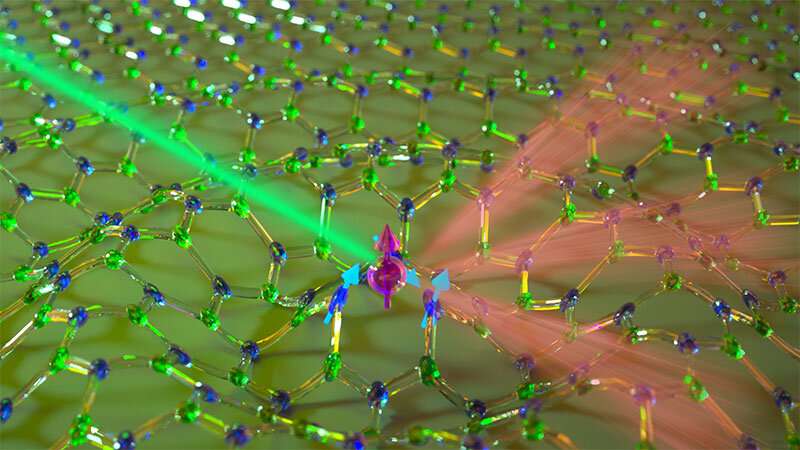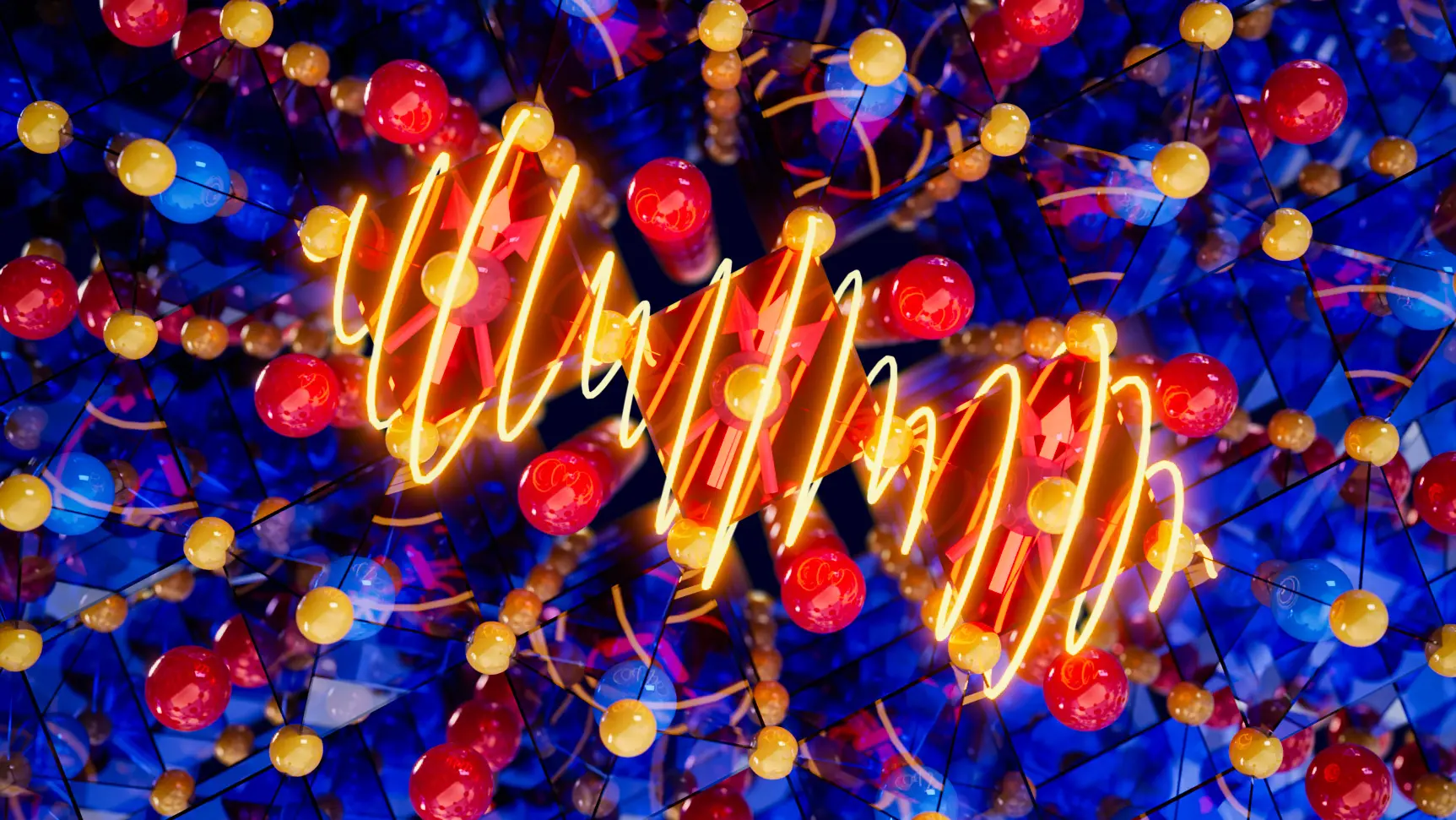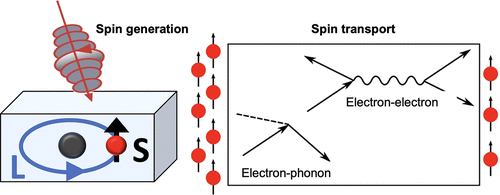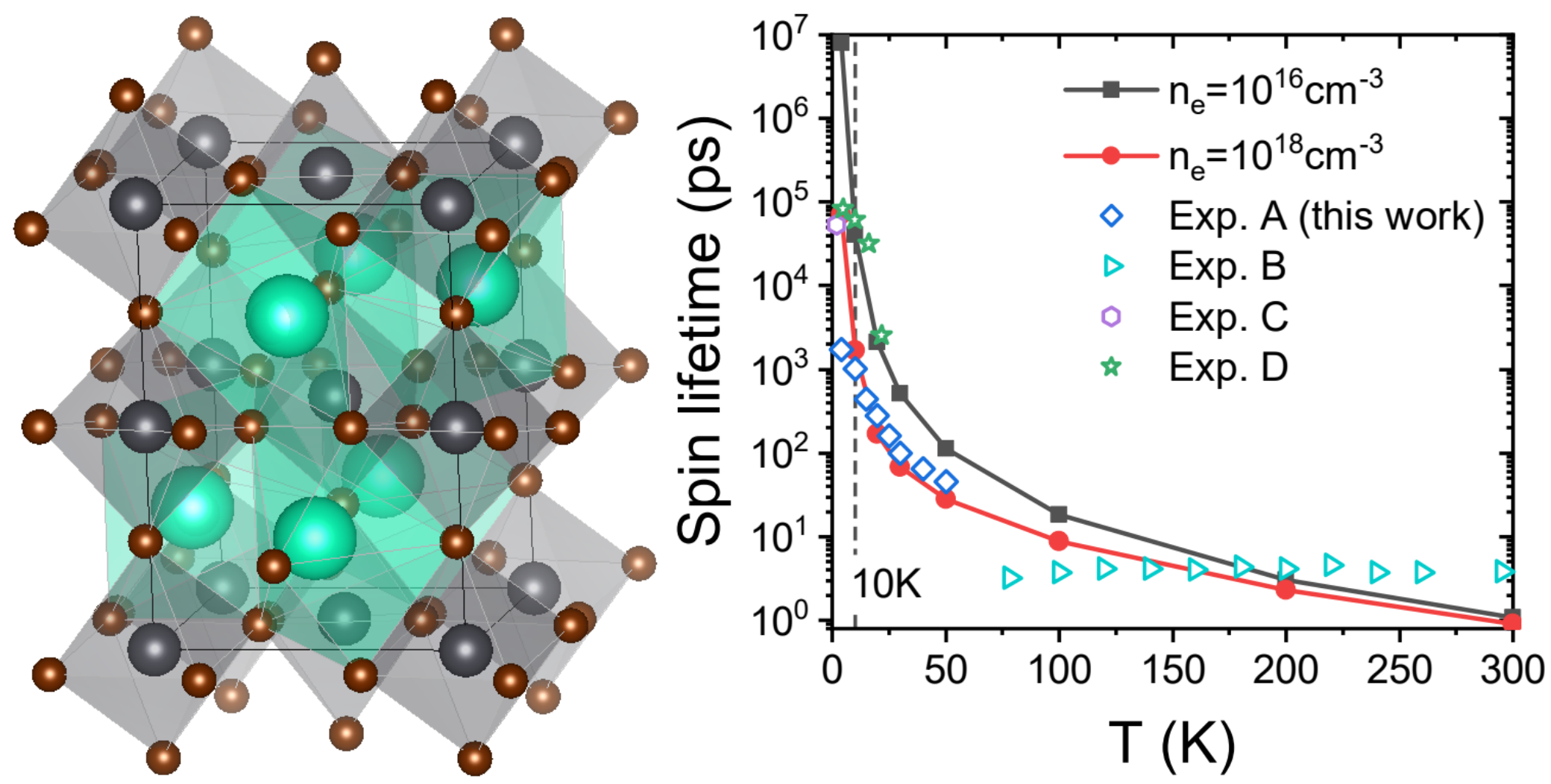Congratulations to Xingyu Gao, Sumukh Vaidya, Kejun Li, Peng Ju, Boyang Jiang, Zhujing Xu, Andres E. Llacsahuanga Allcca, Kunhong Shen, Takashi Taniguchi, Kenji Watanabe, Sunil A. Bhave, Yong P. Chen, Yuan Ping, and Tongcang Li for their work for their work on “Nuclear spin polarization and control in a van der Waals material”, published in Nature Materials! Link to the published article.
Abstract: Van der Waals layered materials are a focus of materials research as they support strong quantum effects and can easily form heterostructures. Electron spins in van der Waals materials played crucial roles in many recent breakthroughs, including topological insulators, two-dimensional (2D) magnets, and spin liquids. However, nuclear spins in van der Waals materials remain an unexplored quantum resource. Here we report the first demonstration of optical polarization and coherent control of nuclear spins in a van der Waals material at room temperature. We use negatively-charged boron vacancy (VB−) spin defects in hexagonal boron nitride to polarize nearby nitrogen nuclear spins. Remarkably, we observe the Rabi frequency of nuclear spins at the excited-state level anti-crossing of VB− defects to be 350 times larger than that of an isolated nucleus, and demonstrate fast coherent control of nuclear spins. We also detect strong electron-mediated nuclear-nuclear spin coupling that is 5 orders of magnitude larger than the direct nuclear spin dipolar coupling, enabling multiqubit operations. Nitrogen nuclear spins in a triangle lattice will be suitable for large-scale quantum simulation. Our work opens a new frontier with nuclear spins in van der Waals materials for quantum information science and technology.
PHYS.ORG News: “2D array of electron and nuclear spin qubits opens new frontier in quantum science“
AAAS News: “2D array of electron and nuclear spin qubits opens new frontier in quantum science“





